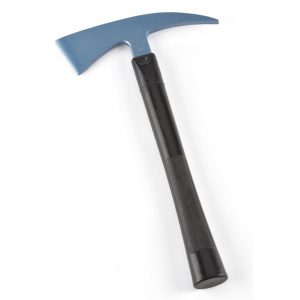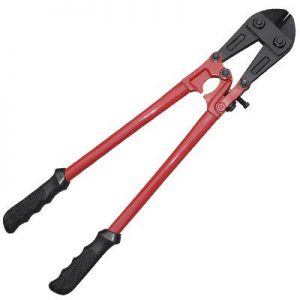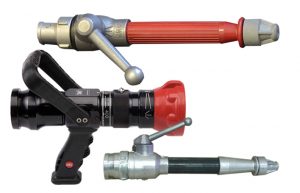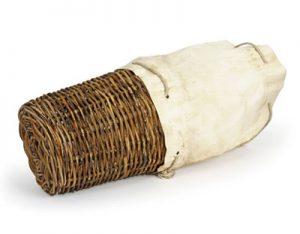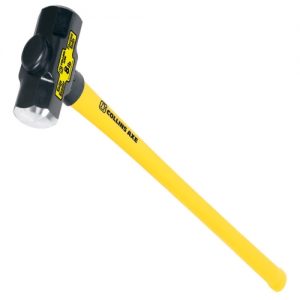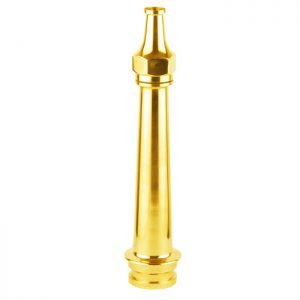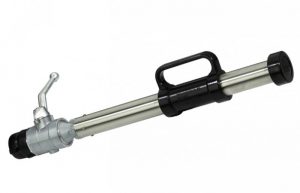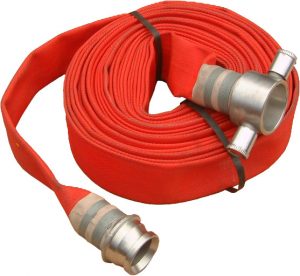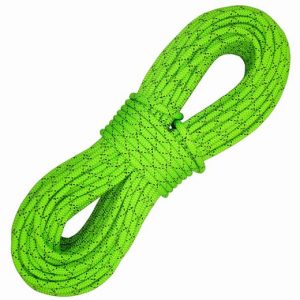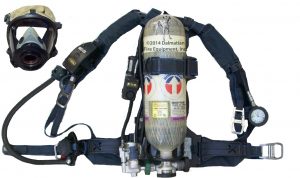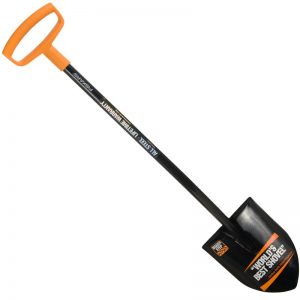OBJECTIVES:
Upon completion of this lesson, you will be able to
- Define tools, equipment and accessories (TEA).
- List five categories of fire TEA according to their use.
- List and describe the use and specification of fire TEA.
- List general steps for use and maintenance of tools and equipment and list some tool rules.
- Demonstrate the correct use of TEA.
Tools Equipments and Accessories:
1.1 Tools:
A tool is a device that is used to perform or facilitate manual or Mechanical work, using only the strength of the operator.
Figure 1.1. Brick hammer and adjustable wrench.

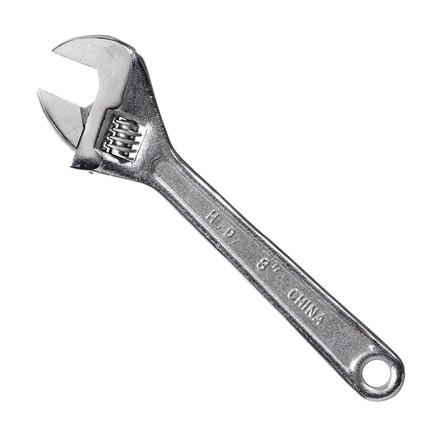
1.2 Equipment:
A piece of equipment is a machine or device that performs a physical task, whose operation depends on an external power source in order to increase work capacity.
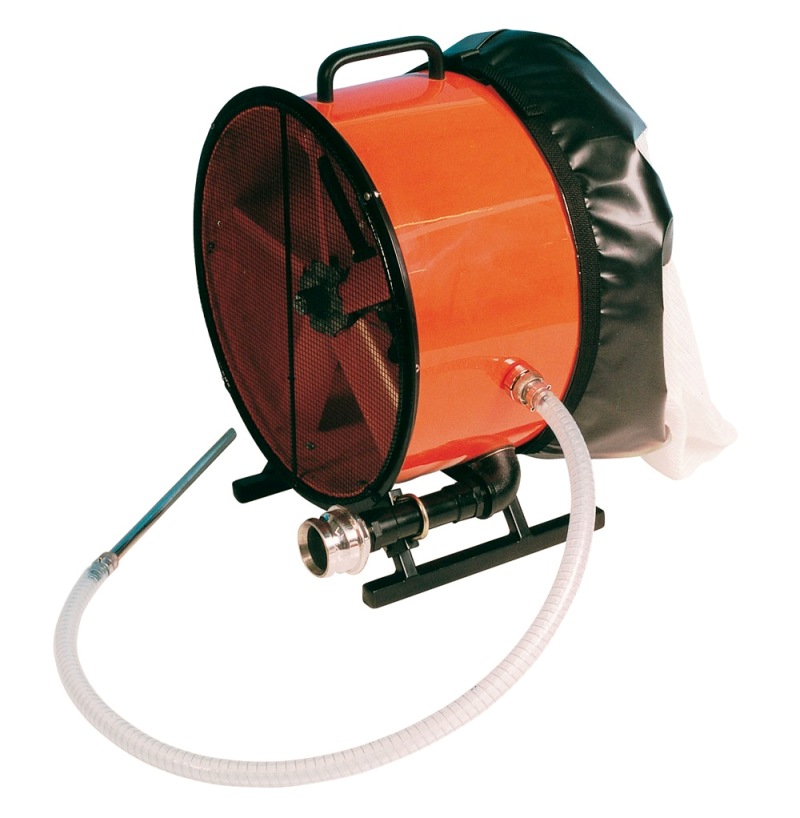
1.3 Accessories:
An accessory is a component that supplements or completes a tool or piece of equipment, and which increases the operator’s ability to perform a task.
Classifications of fire TEA according to their use:
- Forcible entry tools.
- Branches,Nozzles and Breaches.
- Suction tools.
- Personal Protective Equipments (PPE).
- Others
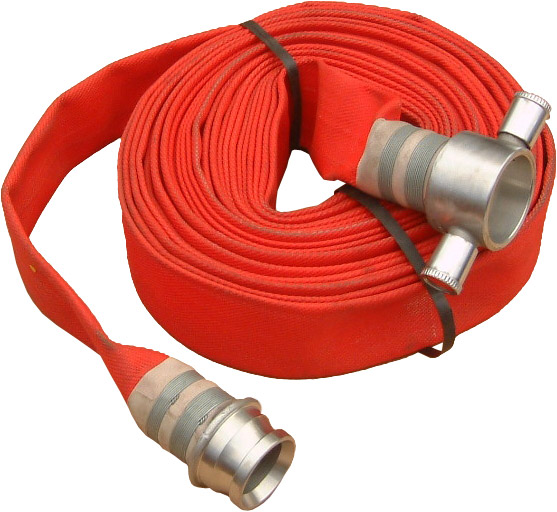
2.1 Forcible entry tools:
The tools that are used with proper techniques and skills to gain access when normal means of entry cannot be used.
2.2 Branches Nozzles and Breaches:
Branches, Nozzles and Breaches are used to deliver water from fire vehicle to fire ground .
Figure 2.2: Collecting breach and Jet nozzle
2.3 Suction TEA:
Suction TEA’S are used for priming to get water from any water source (pool, river, canal etc).
2.4 Personal Protective Equipment’s (PPE):
Personal protective equipment (PPE) is required in order to prevent injuries while working on a fire fighting operation. Some basic PPE items are shown below:
2.5 Others:
Delivery hose, telescopic ladder, SCBA, fire extinguisher, etc.
Figure 2.5:Delivery Hose and telescopic ladder
List, use and specification of fire
3.1. List of fire TEA:
- Forcible entry tools:
- Fireman Axe
- Bolt Cutter
- Sledge Hammer.
- Crow Bar.
- Fireman Hook.
- Branches , Nozzles and Breaches:
- Jet Nozzles.
- Multi -purpose Nozzles.
- Foam Making Branch Pipes.
- Dividing Breach.
- Collecting Breach.
- Suction TEA:
- Suction Hose.
- Suction Wrench.
- Suction Strainers.
- Delivery Hose.
- Personal Protective Equipments (PPE):
- Fire Turn out Gear.
- Fire Safety Gloves.
- Fire Safety Helmet.
- Fire Safety Shoes.
- Flash Hood.
- Others:
- Telescopic Ladder.
- Fire Extinguishers.
- Inspection Lamp.
- Hand-held two way Radios.
- Showel etc…
3.2 Use and specification of fire TEA:
3.2.1 Forcible entry tools:
Fireman axe:
A fireman axe is normally a part of every fireman’s gear. It consists of a forged steal head with a fine cutting edge and a well-balanced steel insulated handle.
Use: it’s used to cut through wooden partitions like door,s windows, screens, glasses & wires etc…
Bolt cutter:
Cutters of various types and sizes are carried on most fire appliance and are used for cutting metal bolts and padlock hasps to facilitate entry into any premises which are protected by heavily bolted doors. These are also used in circumstances where metal obstacles impede fire fighting and rescue operations.
- Sledge Hammer:
It has a steel head of heavy weight with round ends at both sides. It is usually fitted with steel or wooden handle. It helps to break through various obstructions, it is also used in conjunction with chisels and wedges.
- Crow bar:
Crow bar of various types form an essential part of fire service equipment. The most common type consists of a steel bar about 6 feet in length, one end may be pointed and one may be flat. Crow bars are used to provide the leverage to facilitate the forcing of doors windows and the removal of fittings and objects which may be found to impede fire fighting or rescue operation.
- Fireman hook:
Fireman hook is exclusively a fire service tool. It consist of a pole 7-8 feet long having at the top a steel point with a spur at right angles, the point and spur each being 4 inches (102 mm)long.
It can be used for ceiling purpose or for any job which calls for a longer reach with a rigid piece of equipment or ceiling.
I part of fire service if a steel bar about 6 ie may be flat. Crow militate the forcing of d objects which may ption.
3.2.2 Branches, Nozzles and Breaches:
Branches:
Branch as it is generally called branch pipe is a tapering metal fitting, which is used at the delivery end of the line of hose to increase the velocity of the water as it approaches the nozzle, and so provide an effective fire fighting jet.
Branches may be in two types:
- Branches without control features.
- Branches with control
- Jet Nozzles:
Nozzles are normally made of alloys of copper or aluminum and have standard connections in accordance with BS 336. The standard nozzle connection is a female IV* inch (45mm) BSP thread (11 threads/ inch) for normal use, nozzle are made in a range of sizes from 5mm to 1 inch (25mm). The size adopted for working nozzles is usually 3A inch (19mm) or loss, but it can vary
Figure : Branch pipe with nozzle:
- Multi -purpose nozzles:
Multi-purpose nozzles are used for different purpose facilities. It is used for straight stream, narrow stream, wide fog stream and a firewater curtain. Jet can be turned ON/ OFF by means of rotating plug. ON/ OFF handle is also placed at top.
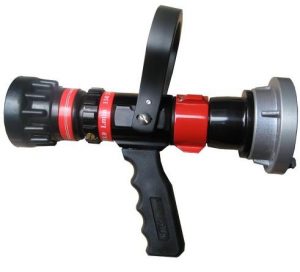 These are of different types some are given below:
These are of different types some are given below:
- Multipurpose nozzle.
- Multipurpose selectable Gallonage handline nozzle.
- Multipurpose selectable gallonage monitor nozzle.
- Multipurpose selectable hose reel nozzle.
- Foam making branch pipes:
Foam making branch pipe is applicable to any branch used for generating foam. It converts the foam solution into finished foam by entrainment of air.
Figure : Foam making branch pipes:
- Dividing breach:
Dividing breaching has one inlet and two outlets. It has one male instantaneous coupling on the single inlet and two female instantaneous couplings on the two outlets.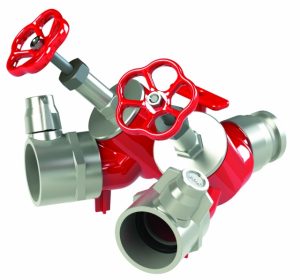
Figure :Dividing breach
- Collecting breach:
Collecting breaching normally has two inlets and one outlet of same diameter. It has two instantaneous male couplings on both inlets and one instantaneous female single lug coupling of same diameter on the single outlet. 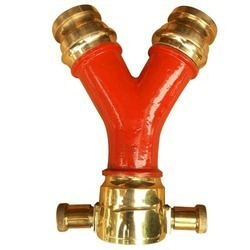
3.2.3 Suction TEA:
- Suction hose:
It is used exclusively between the water supply and the pump. The amount of suction hose is normally carried on appliances is about 30 feet (9.14 meter), made up generally in length (8 or 10 feet). The three standard sizes in general use or 3, 4 & 5 1 inch (76, 102 & 140 mm respectively) diameter. The later tow being widely used on appliances. 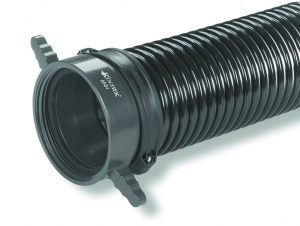
Figure: Suction hose
Construction: Suction hose has a thick (tough) internal rubber
lining in which a spiral wire is fully embedded. The embedding of this internal wire is so arranged as to provide a full waterway and a relativity smooth internal surface.
The wall of the hose is built up from several layers of canvas and Notes
rubber into which is embedded sire of similar material to the internal wire. The two spirals are so arranged that each turn of one lies mid-way between two turns of the other.
Parts: (1) Internal rubber lining (2) Inter wire (3) Rubber and canvas layers (4) External wire.
- Suction wrench:
There are two type of suction wrench in general use by fire service.
- Conventional type suction wrench.
- Universal type suction wrench.
- a) Conventional type suction wrench:
It is made in different sizes to fit the various sizes of suction hose coupling and consist of a short length of a steel bar, one end of which is beaten flat and other shaped into an arc. An eye is provided at the shaped end for engaging one of the coupling lugs.
- b) Universal type suction wrench:
Universal type suction wrench is designed to fit any size of suction coupling. It consists of a tabular steel shank with one end flattened slightly curved and shaped at the end in a semi-circular recess. A reinforced strip steel lever arm is pivoted to the bar about 7 Vi inch (180 mm) from the bottom end. The lever arm is also slightly curved and has an elliptically shaped eye about 1 inch (25 mm) from its end.
Parts: (1) Shank (2) Semi- circular recess (3) Lever arm (4) Eye
- Suction Strainers:
Strainers are used in suction, there are two types of suction strainers
- Metal strainers.
- Basket strainers,
a) Metal strainers:
Metal strainers are used to prevent entry of piece of wood, stones or other solid objects into the fire pump via suction hose. Metal strainers are fitted with the female hose coupling and made in size to fit the standard sizes of suction hose.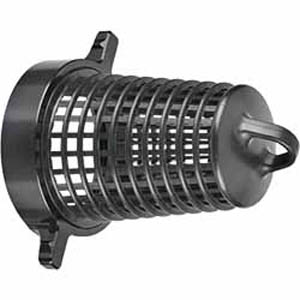
Parts: (1) Metal strainer (2) Female coupling
b) Basket Strainer:
Basket strainer is used in conjunction with the metal strainer, but never alone when resting on a soft surface such as mud. 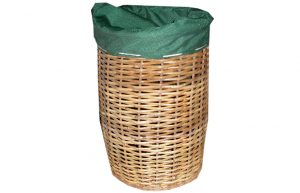
Parts: (1) Basket strainer (2) Skirt (3) Running cord.
- Delivery hose:
Delivery hose is laid on the delivery side of the pump where the water passing through it is at a pressure greater than that of the atmosphere.
Specifications of Delivery Hose:
| Length | 100 feet. |
| Diameter | 1-3 Inches |
| Material | Polyester, Canvas, Rubber. |
| Type of coupling | Instantaneous type. |
| Type of binding | Wire binding. |
| Parts | Male end, Hose, Female end |
| Working pressures | 0 to 20 bar |
| Testing pressures | 20 to 35 bar. |
| Bursting pressures | above 35 bar |
- Ropes:
Rope is very important item of fire service equipment. Rope is needed various requirements in fire fighting and rescue operation. Ropes of different sizes and diameter can be used. There are two types of ropes.
- Static Rope. 2. Dynamic Rope.
Uses:
- Ropes are used as a safety line.
- Ropes are used for rescue works of all types.
- Ropes are used for hauling up and securing lines of hose.
- Ropes are used for securing suction hose, hauling up or lowering the suction hose.
- Ropes are used for hauling and lowering fire equipments.
3.2.4 Personal Protective Equipments (PPE):
- Fire Turn out Gear.
- Fire Safety Gloves.
- Fire Safety Helmet.
- Fire Safety Shoes.
- Flash Hood.
All these personal protective equipments are used during every firefighting or rescue operation. Without all these PPE’s, any rescuer is not allowed to enter the operation area.
Note: Description about PPE’s you have learned already in lesson no.4.
3.2.5 Others:
Telescopic Ladder:
Telescopic ladder is used in fire service also. It is easy to carry,’ open and pull back quickly; easy to sore; very suitable for attic use. Aluminum telescopic ladder is small and easy to take after’ retracting. You can extend the ladder rung by rung, step by step and to exactly the height you need.
Length: 121/2feet. Weight: 13KG
2. Fire Extinguishers:
A manually operated device/ apparatus usually made in form metal container containing different extinguishing medium that be discharged in rapid stream to extinguish the fire at its i stage.
3.2.5 Others:
Telescopic Ladder:
Telescopic ladder is used .in fire service also. It is easy to carry, open and pull back quickly; easy to sore; very suitable for attic use. Aluminum telescopic ladder is small and easy to take after retracting. You can extend the ladder rung by rung, step by step and to exactly the height you need.
Length: 1234 feet. Weight: 13KG
2. Fire Extinguishers:
A manually operated device/ apparatus usually made in form of metal container containing different extinguishing medium that can be discharged in rapid stream to extinguish the fire at its initial stage.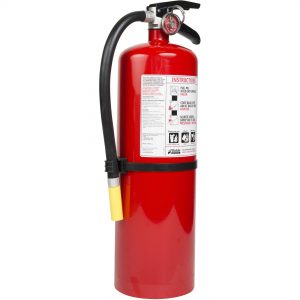
Figure 2: Fire Extinguisher:
Note. Complete descriptions about fire extinguishers you will cover in lesson no 14.
3. SCBA:
A device that facilitated breathing in cases of respiratory failure.
4. Inspection lamp:
Inspection lamp is used for easy visibility for fire fighters in nighttime fire fighting operations or in confined spaces. Inspection lamp is a necessary element of fire tools with fire vehicles for lighting purpose.
Parts: (1) Inspection lamp (2) Electrical cord.
Hand-held two way Radios:
Fire department communications systems depend on two -way I radio system. Radios link the communications center (control room), individual (officer & official) & individual units (rescue vehicles); both up and down the chain of command and across the organization.
A hand-held two way radio that is small enough for a professional firefighter to carry at all times. The radio body contains an integrated speaker and microphone, an ON/OFF switch or knob, a volume control, a push – to — talk (PTT) button and an antenna to receive and transmit signals.
Figure 5: Hand-held two way Radios:
Showel:
Showel is used to remove debris from fire & rescue scene.
- General Steps for Use and Maintenance:
There are seven general steps you should follow when using any tool or piece of equipment in a CSSR operation. These steps are in addition to the specific instructions for each particular tool or piece of equipment.
Before
- Put on all required PPE.
- Verify availability of fuel and power sources.
- Verify proper operation of tool.
- Check required accessories for each tool or piece of equipment.
- Follow all safety rules (course rules and manufacturer’s rules).
During
- Use proper technique when using a tool or piece of equipment.
After
- Follow proper cleaning and maintenance procedures for each tool or piece of equipment.
4.1 Tool Rules:
These are some tools rules that must be considered while using
TEA.
Select the right tool for the job.
Keep tools in good condition. Do not use defective tools.
Use the tool correctly.
Keep tools in a safe and designated place.
Rehabilitate the tools.

John Doe, a seasoned firefighter, shares his vast knowledge of fire safety and emergency preparedness at arescuer.com, aiming to empower and educate

